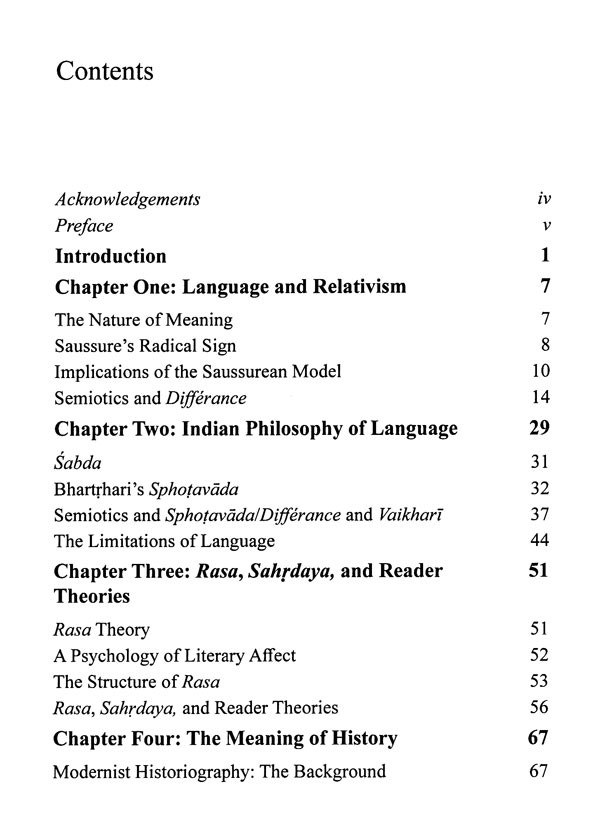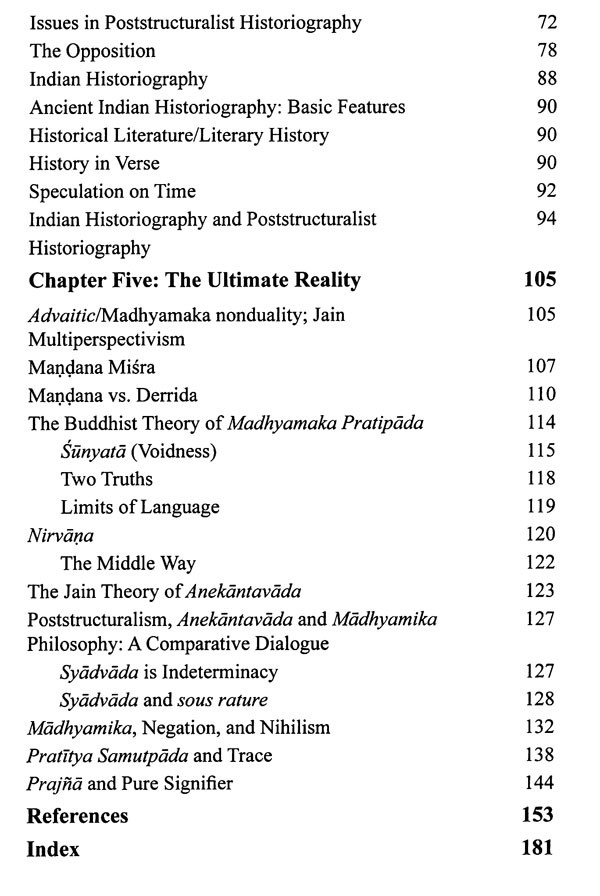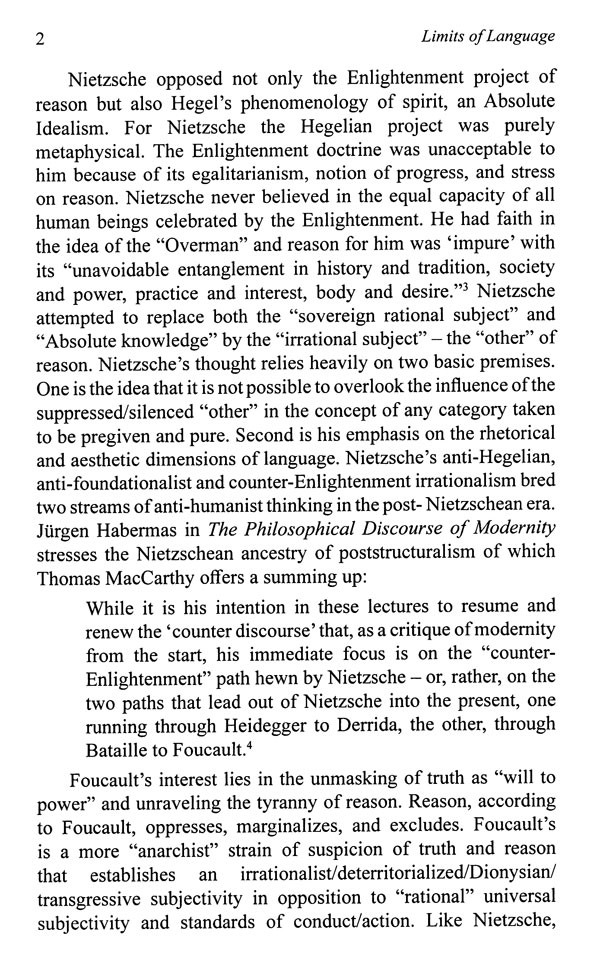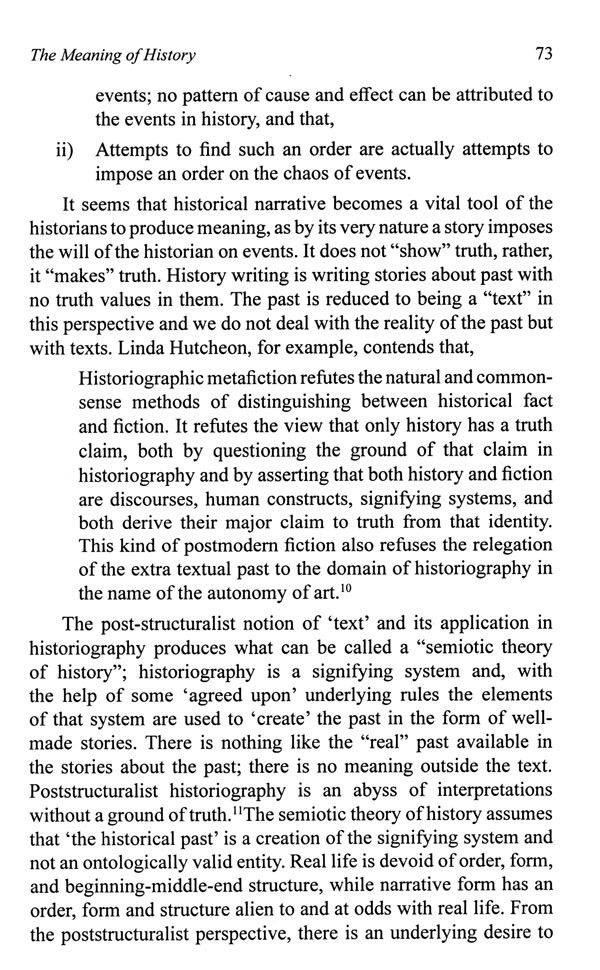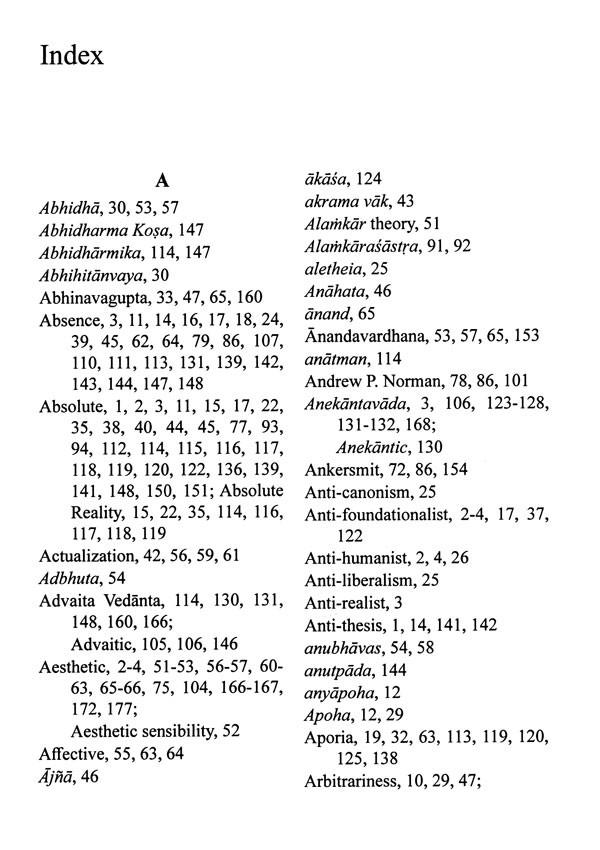
Limits of Language (Poststructuralism and Ancient Indian Theories)
Book Specification
| Item Code: | NBZ822 |
| Author: | Pradeep Sharma |
| Publisher: | Motilal Banarsidass Publishing House, Delhi |
| Language: | English |
| Edition: | 2021 |
| ISBN: | 9789390064700 |
| Pages: | 204 |
| Cover: | PAPERBACK |
| Other Details | 8.50 X 5.50 inches |
| Weight | 240 gm |
Book Description
Limits of Language is a critical exploration in the paths critical theory has taken after the 'linguistic turn’in literary criticism, with Ferdinand Saussure's formulations on language exploited in the structuralist, poststructuralist and postmodernist interpretation of meaning in creative writing, history and philosophy, and examines the interpretations offered by these contemporary theories from the perspective of ancient Indian theories of language, creative literature, history and philosophy - particularly the philosophical speculations of Bhartrhari in Vakyapadiya, Bharat-Muni on Rasa-Dhvani theory, Mandana Mishra in his critique of negation, Nagarjuna on Madhyamaka theory, and Jain philosophers on Anekantavada. The book is specifically motivated by Saussure's concept of linguistic sign giving rise to semiotics, and Jacques Derrida's radical interpretation of the sign as différance, with a view from ancient Indian philosophers that language as a medium with severe limitations, fail in presenting the full experience of reality as it is.
PRADEEP SHARMA has taught English language and literature at universities in India, Libya, Ethiopia and Saudi Arabia. He has contributed chapters in books on poststructuralist, postcolonial and postmodernist literary theory.
This book is the result of a historically special hermeneutic impulse that arose out of a time of disquiet in English studies worldwide with the coming of poststructuralism. It seeks to achieve a critically new equation with some Indian theories of meaning provoked by poststructuralism, especially in literature, historiography and philosophy. While poststructuralist semiotics entails the abolition of even "reference” in representation, Indian theories of meaning comprehend the nature and limits of semiotic representation and reach beyond to attain what exceeds representation. Poststructuralism is semiotic poetics par excellence as it limits meaning in language, aesthetics, history, and philosophy to mediated construction while the Indian theories of meaning investigated in the present book begin their enquiry at the representational level, map and exhaust its potentials and its limitations which are fraught with contraries, search for higher modes of experience and find a nondual Ultimate Truth- one without “the other.”
Language is a semiotic system of difference” for Saussure. For some Indian theorists of language too, like the Buddhists who propounded the Apoha theory, words have no “positive” existence but exist only negatively as anyāpoha. For Bhartphari linguistic consciousness is the consciousness of the Absolute subject of itself which he calls Sabda Brahman or vāk. Bhartậhari calibrated the unitary vāk into three levels- paśyantī, madhyama, and Vaikharī. Time plays a significant role in Bhartặhari's thought-vāk unfolds in time. Sequence-less, part-less, whole consciousness is manifested as sequenced, patterned and divided. Time plays a significant role in Saussure and Derrida too. Saussure's sign unfolds in the syntagm of time, and time is the underlying force of the constitutive mechanism of language as made out by Derrida – différance. This similarity of views on the nature of language is stressed in the first chapter, which also identifies delicate and strong dissimilarities between différance and Vaikharī .
**Contents and Sample Pages**
